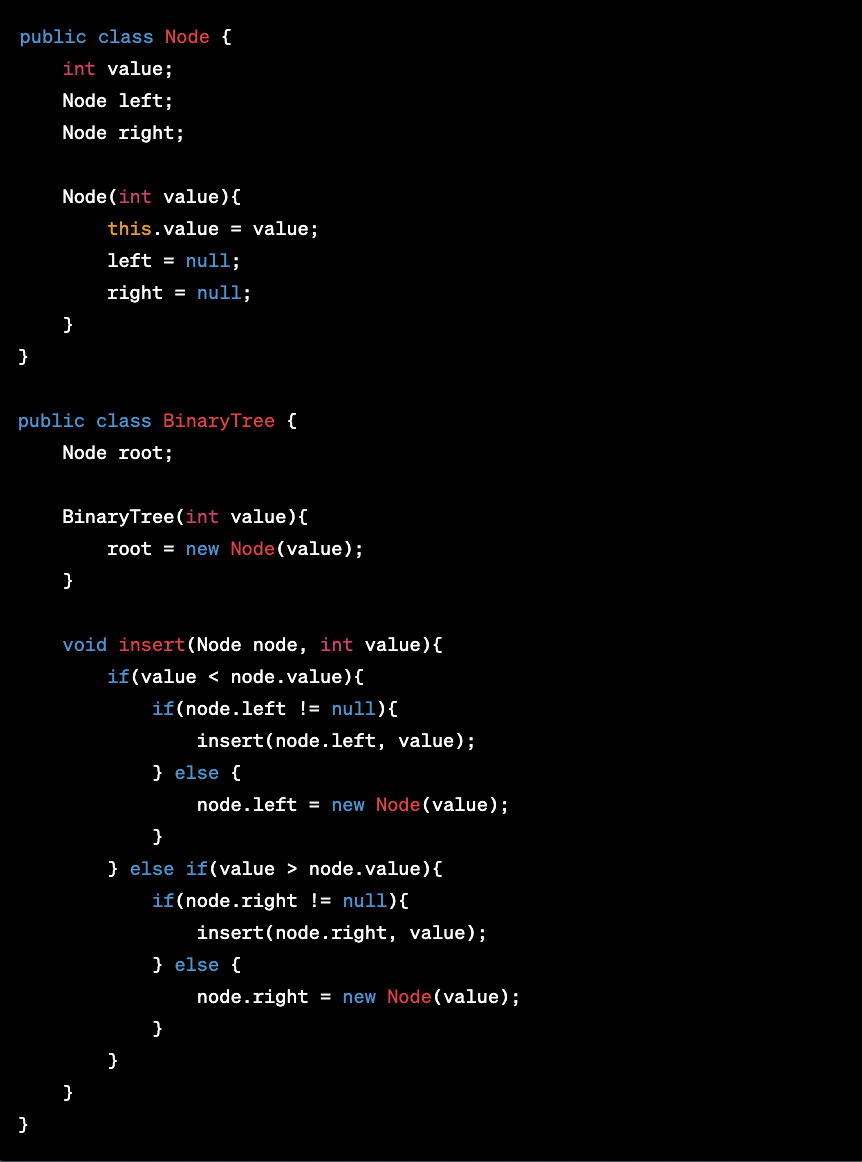Hello, fellow coders! It's Trevor here, your friendly neighborhood developer. If you're anything like me, you've got an insatiable curiosity for all things tech. Today, we're embarking on an adventure into the exciting world of data structures. If you like this blog post, this is the type of material we teach in our 2-week challenge program. We start a new challenge every few weeks, so see if you qualify here.
Introduction to Data Structures
At their core, data structures are a super effective way of organizing, storing, and manipulating data so that it can be used more efficiently. In the realm of coding, data structures are as critical as the foundation for your house. Get it right, and everything else falls smoothly into place. Get it wrong, and, well… you're in for a world of bug-related headaches.
Importance of Data Structures
The choice of a suitable data structure has a profound impact on the efficiency of your algorithm. A well-chosen data structure can significantly simplify complex coding tasks and supercharge the performance of your application. Ever heard of Google's PageRank algorithm? Or the lightning-fast search on Facebook? Yeah, they owe a lot to smart data structures.
Basic Types of Data Structures
Now, let's roll up our sleeves and dive into some of the most common types of data structures you'll come across in your coding journey.
Arrays
Arrays in Java are a fundamental data structure, providing a means to store multiple items of the same type together. It's a compact structure, and accessing elements is fast because you can directly access the element by the index. However, because their size is fixed when they're created, they lack flexibility. If you need to add or remove elements, you would have to create a new array.
Let's create an array and add some elements:

This creates an array of size 5 and fills it with the numbers 1 to 5.
Linked Lists
Imagine you've got a train, and each car is a node. A linked list is just like that. Each node holds data and the address of the next node. Great for when you're not sure how many items you'll be dealing with and you need dynamic data storage.
In a linked list, each element points to the next one, forming a sequential chain. They're perfect for when you need to frequently add and remove items.
Unlike arrays, LinkedLists are dynamic and can grow or shrink as needed. They're made up of nodes, each containing a data element and a reference (or link) to the next node in the sequence.

This will create a LinkedList and add the elements 1, 2, and 3. Notice the usage of the add() method to append elements to the list
Stacks and Queues
Stacks are like a stack of pancakes: the last pancake you put on the stack is the first one you eat (Last-In-First-Out). Queues, on the other hand, are like a real-life queue: the first person in line gets served first (First-In-First-Out).
A stack is a LIFO data structure, making it perfect for certain types of problems, such as parsing an expression or tracking browser history.

This code pushes three elements to the stack and then pops the most recent one, which is 3.
Hash Tables
Also known as hash maps, these are like supercharged arrays. They allow you to store key-value pairs and use a hash function to compute an index into an array of buckets, providing near-instantaneous lookup times.
Here's a rudimentary example of a hash table implementation in Java:

Trees
From binary trees to AVL trees and beyond, trees are hierarchical data structures with a root value and subtrees of children, represented as nodes. They're used everywhere from parsing languages to networking to machine learning.
Let's look at how to add nodes to a binary tree:

Choosing the Right Data Structure
Now, you may be thinking, “Okay, Trevor, I get what they are, but how do I know when to use which data structure?” Well, my coding compatriots, that's where the real fun begins. Choosing the correct data structure depends on the problem at hand, and your understanding of the data and the various operations that need to be performed on it.
Here's a quick cheat sheet:
– Need fast access to an element via its index? Use an array.
– Want to quickly add or remove items and don’t care about order? Linked lists are your friend.
– Dealing with hierarchical data or want fast lookup, insert, and delete? Try a tree or hash table.
However, remember: practice makes perfect. The more you tinker with different data structures, the more you'll develop an intuition for picking the right one.
Practical Applications of Data Structures
Alright, it's time to apply our knowledge. Let's imagine we're building a music streaming service, kind of like Spotify. Here are some real-world scenarios where we'd use these data structures:
– Array: We could use an array to store the list of songs in a user's playlist.
– Linked List: Linked lists would be ideal for handling the song play history, where you can easily go to the next song or the previous one.
– Stack: Suppose you had an ‘undo' feature for your song queue, letting users revert any changes they've made. A stack would be a perfect fit for this use-case.
– Hash Table: Searching for songs based on their names would be efficient with a hash table, where the song name is the key, and the value is the song data.
– Tree: If you want to provide a feature where users can browse songs by genre, then sub-genre, then artist, and so on, a tree data structure would be the way to go.
Conclusion
Data structures form the backbone of good software development. They can make your code more efficient, faster, and easier to read and understand. The more you know about these structures, the better you'll be able to write code that can handle complex tasks and large data volumes.
While the examples I've provided here are simple, they're stepping stones to understanding how to leverage data structures effectively. As we've seen, different structures have different strengths and weaknesses – and knowing which one to use can be the key to writing efficient code.
The secret to becoming a fantastic programmer isn't about memorizing every single data structure or algorithm out there. It's about learning to analyze problems, break them down, and choose the best tools for the job at hand. And who knows, maybe one day, you'll be the one creating the tools.
Remember, at Coders Campus, we're here to help you navigate these complex topics. If this blog post peaked your interest, you may be a great candidate for our 2-week challenge! Take the quiz here and see if you qualify.
Remember, coding is a journey. There's always more to learn, and always ways to improve. Don't be afraid to experiment, make mistakes, and grow. Happy coding!
Until next time, code enthusiasts. Happy coding!
There you have it – a beginner's guide to data structures. Let me know if you need any more content or have specific topics you'd like me to cover.
